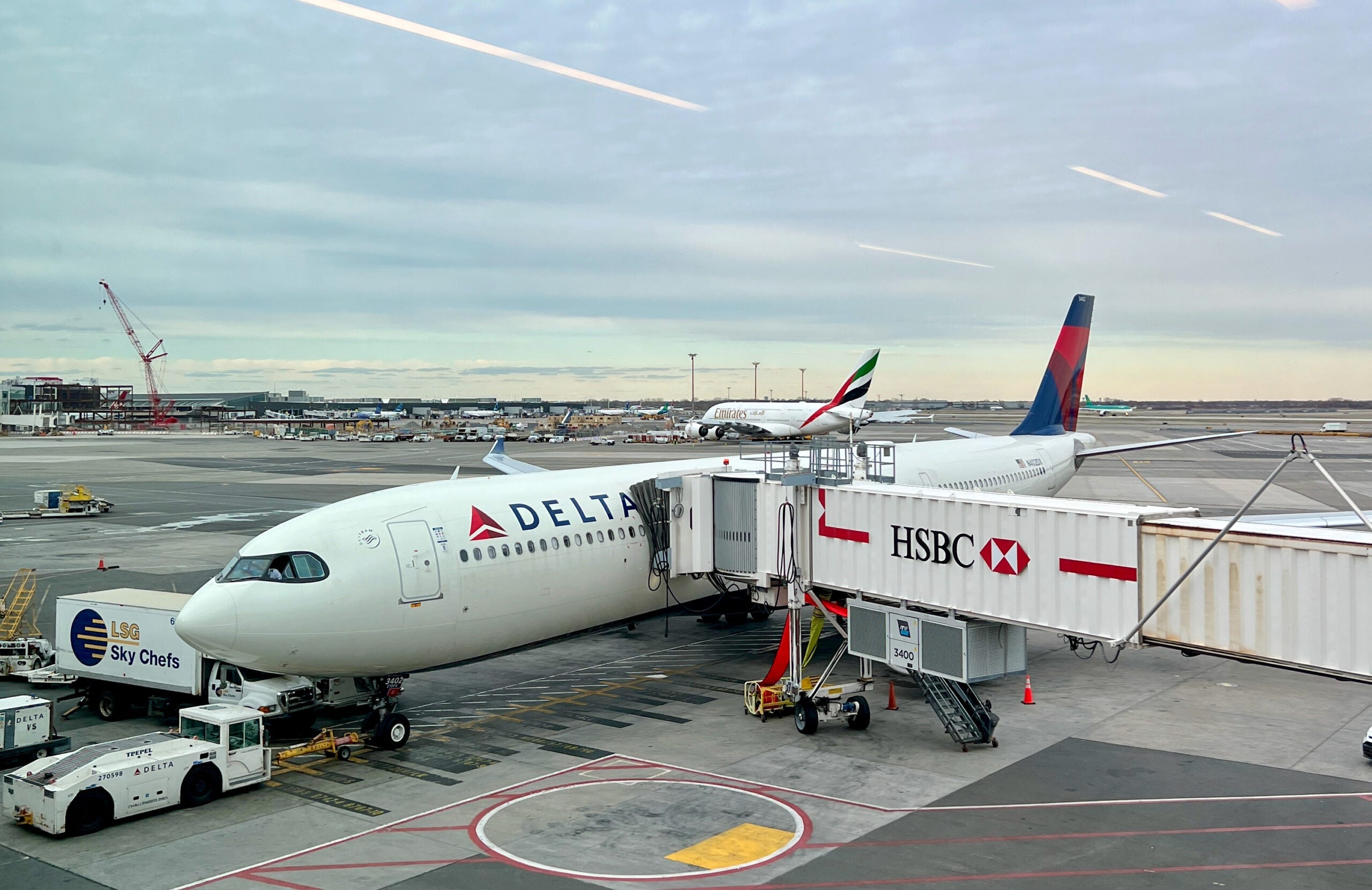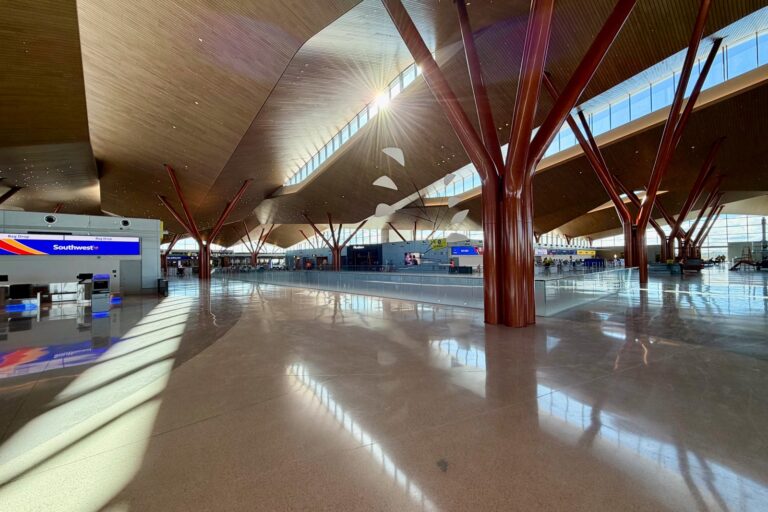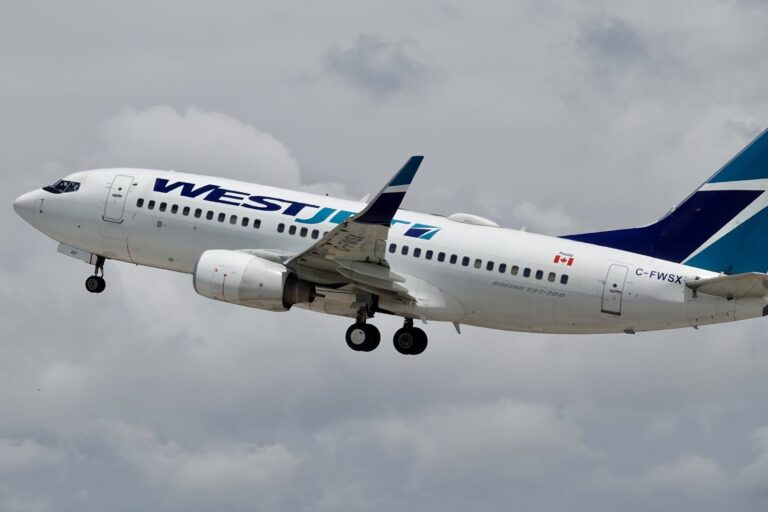Delta Air Lines is bucking one of the trendiest new ways to get across the Atlantic Ocean.
From American airline JetBlue to Spanish airline Iberia to Irish airline Aer Lingus, carriers are increasingly using smaller, single-aisle planes on flights between the U.S. and Europe.
It’s a big departure from the large, twin-aisle jets you’d usually fly between the continents. And it’s a feat that wasn’t possible until recent years brought the advent of far more fuel-efficient engines capable of making the transatlantic crossing.
But Delta isn’t sold. Last week, the Atlanta-based carrier threw some cold water on an airline tactic that flyers are likely to see a lot more of in the coming years.
Smaller planes on long-haul routes — a major industry trend
For travelers, these long-range, narrow-body planes have ushered in a new era of long-haul flying.
Many have far spiffier seats than you’d typically find on a domestic aircraft. The premium Mint cabin on the Airbus A321LR and A321neo jets that JetBlue flies to Europe is just one example.
And, perhaps more significantly, these aircraft are opening up new, more off-the-beaten-path destinations for travelers.
Read more: Stuck in Delta’s Medallion upgrade queue? Trust us: You’re not alone
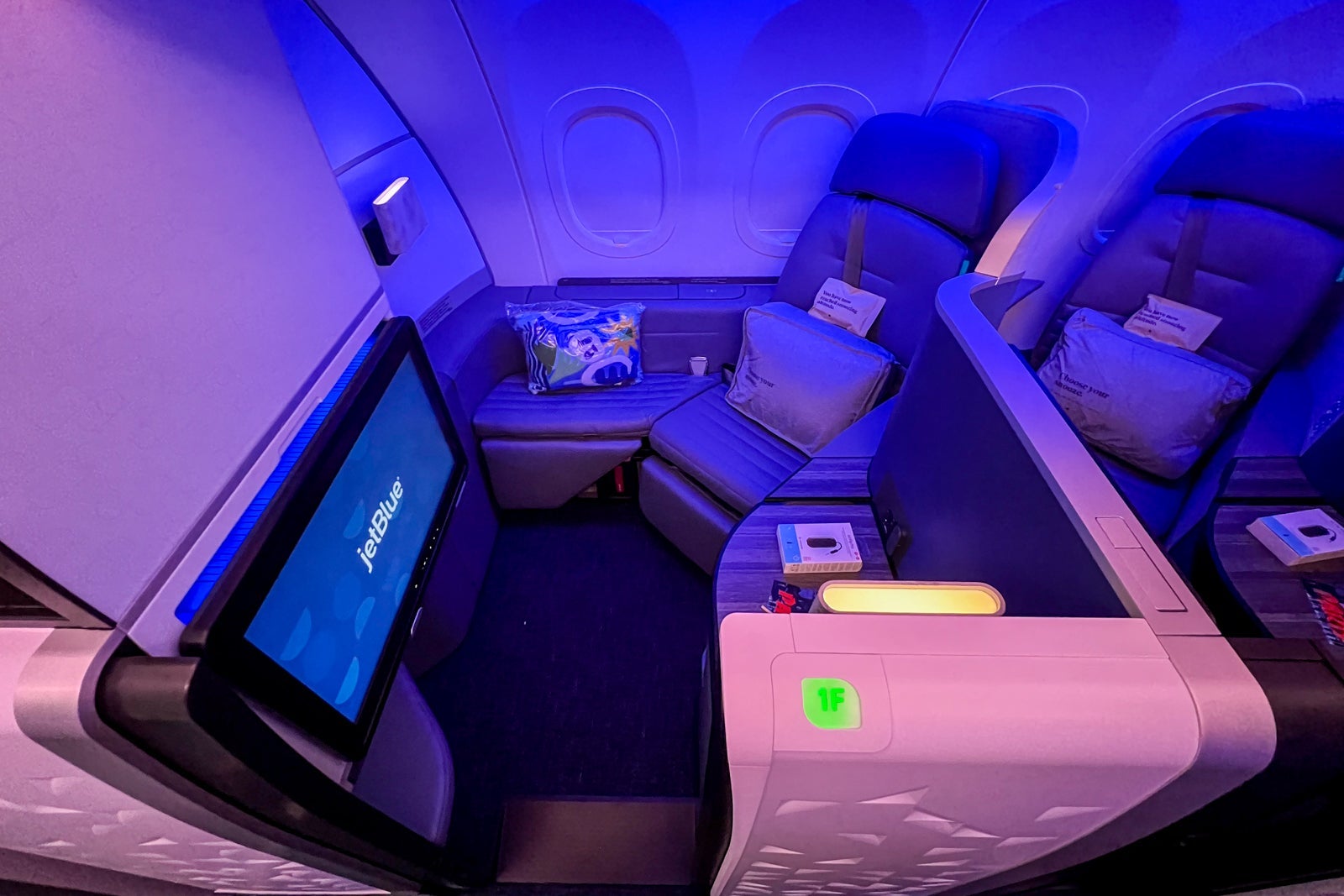
Because these smaller long-haul planes are cheaper for carriers to operate (and carry fewer passengers), airlines face less financial risk if they don’t fill every seat. As a result, carriers have been more willing to experiment with head-turning routes.

Reward your inbox with the TPG Daily newsletter
Join over 700,000 readers for breaking news, in-depth guides and exclusive deals from TPG’s experts
Look no further than the new service United Airlines announced last week from Newark to Santiago de Compostela, Spain, and Glasgow, Scotland. It’ll operate these routes with its Boeing 737 MAX 8.
It’s not just JetBlue and United, either.
A myriad of global airlines are launching — or planning to launch — more long-haul, narrow-body flights in the coming years. This is owed, in large part, to the arrival of the “extra-long-range” Airbus A321XLR, a new aircraft variant that just hit the market late last year.
American Airlines has ordered 50 of the new XLRs, which will be equipped with its brand-new Flagship Business suites. The airline says the plane will allow it to open up innovative new routes to Europe and South America.
Related: On board the world’s first Airbus A321XLR, the aircraft that could revolutionize transatlantic travel
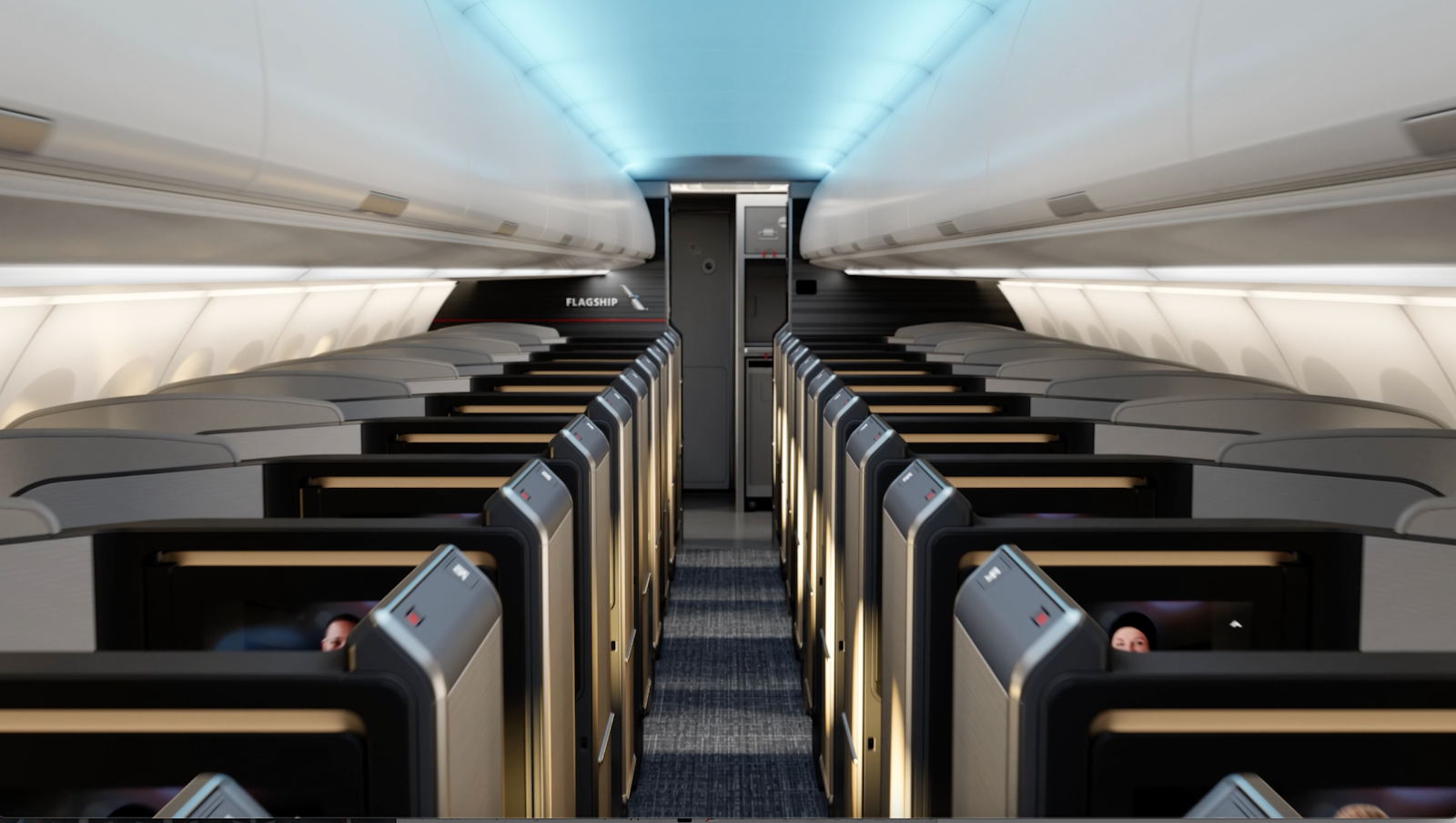
United, already known for its network creativity, has suggested its forthcoming XLR jets could allow it to launch even more unusual flights, like the nonstop service to Greenland that it launched this year.
“I don’t want to tell you, because the two other airlines will copy us,” United’s network chief, Patrick Quayle, told me in June when I asked him where United might fly its future planes. The planes will be equipped with the newest-generation Polaris business-class cabin.
Aer Lingus has already used its new XLRs to expand service from Dublin to smaller U.S. markets like Indianapolis and Nashville; it said Raleigh-Durham International Airport (RDU) is coming in 2026.
Delta: ‘Not going to go in that direction’
Don’t expect to see Delta join the wave of flying smaller jets over the Atlantic.
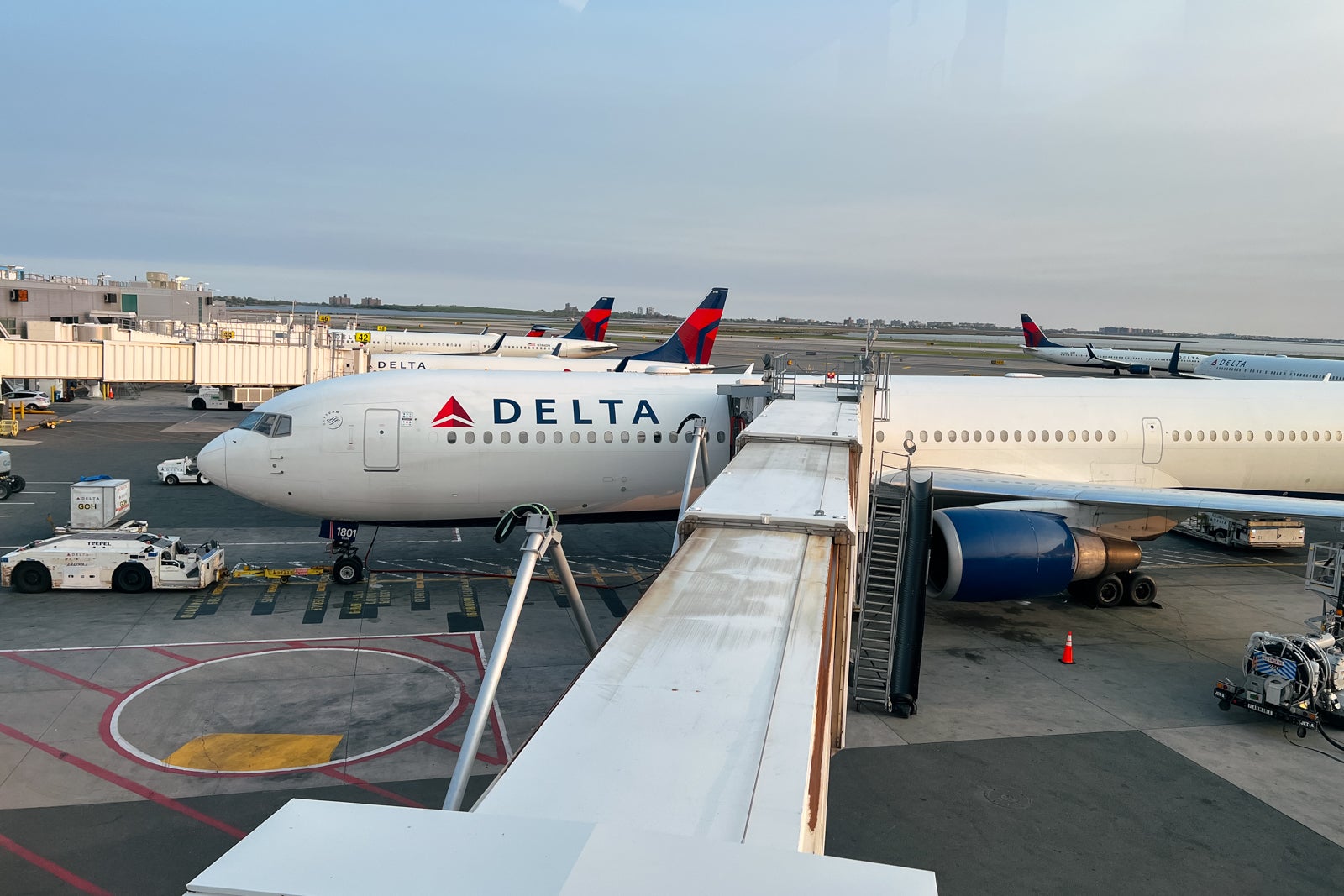
“I’m really excited about the product we’re putting in market,” Glen Hauenstein, the carrier’s president, said last week on the company’s third-quarter earnings call.
And then he cast … a bit of shade.
“We’ve chosen not to fly narrow-bodies in the transatlantic because of product and brand issues,” Hauenstein said. “So we’re not going to go in that direction.”
When Hauenstein says flying an A321XLR or 737 MAX jet to Europe would introduce “product and brand issues,” he seemed to be arguing that the long-haul experience on those planes wouldn’t be worthy of Delta’s brand — something the carrier regularly touts as a big piece of its success.
Valid concerns
Does he have a point?
There are some potential hang-ups when it comes to narrow-body aircraft making intercontinental flights.
Fewer lavatories on those smaller jets is a big factor; I’ve seen lines stack up 12 to 15 passengers deep on transatlantic flights aboard A320-family jets.
That’s on top of them simply offering less space for passengers to walk around and stretch their legs compared to a big Boeing 777 or Airbus A350.
There’s also less galley space for crewmembers on smaller aircraft.
Related: Why does Delta Air Lines have ‘focus cities’? Loyalty
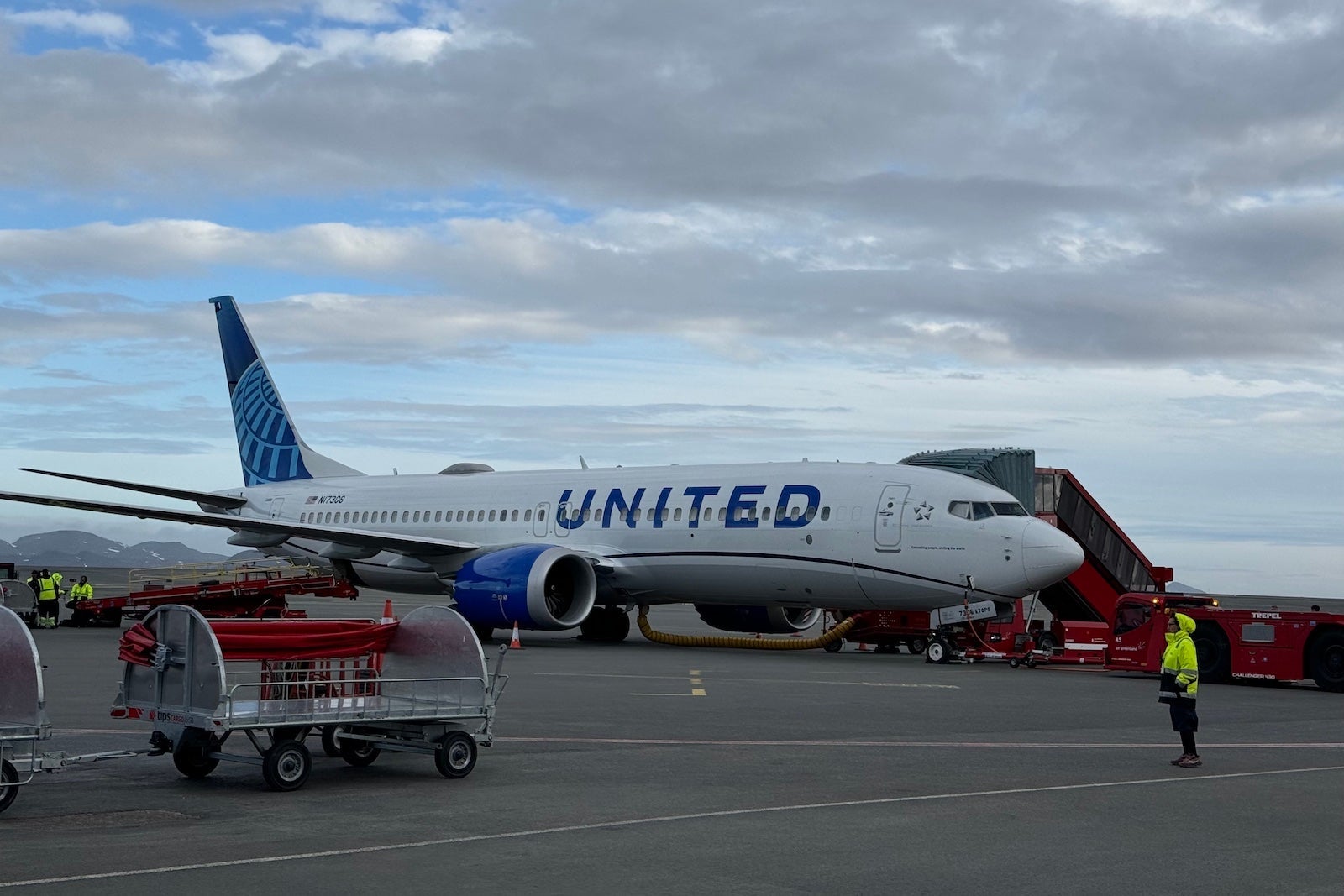
Also, while many airlines are equipping their long-haul, single-aisle planes with true global business-class seats, some of the longer narrow-body flights won’t have lie-flat products.
That includes United’s new MAX 8 flights to Europe, which only sport its domestic-style, first-class recliners up front (branded as the carrier’s Premium Plus, or premium economy, product).
Similarly, Alaska Airlines will fly a MAX 8 that lacks a true long-haul business-class product on its new flights between Seattle and Iceland starting next year.
It’s a trade-off, of sorts: You get the more niche nonstop flight, but not on the plane that has all the bells and whistles.
It appears to be the sort of trade-off that, as of now, Delta’s not willing to make.
Read more: Delta will bring fancy check-in areas to 2 more hubs by the end of 2025
Bottom line
We should note that, like many of its competitors, Delta is planning to equip some of its narrow-body planes with lie-flat seats in the not-so-distant future.
You’ll eventually see its Delta One product on its Airbus A321neo. Before that, though, those jets will get an extremely premium-heavy configuration with 44 domestic first-class recliners.
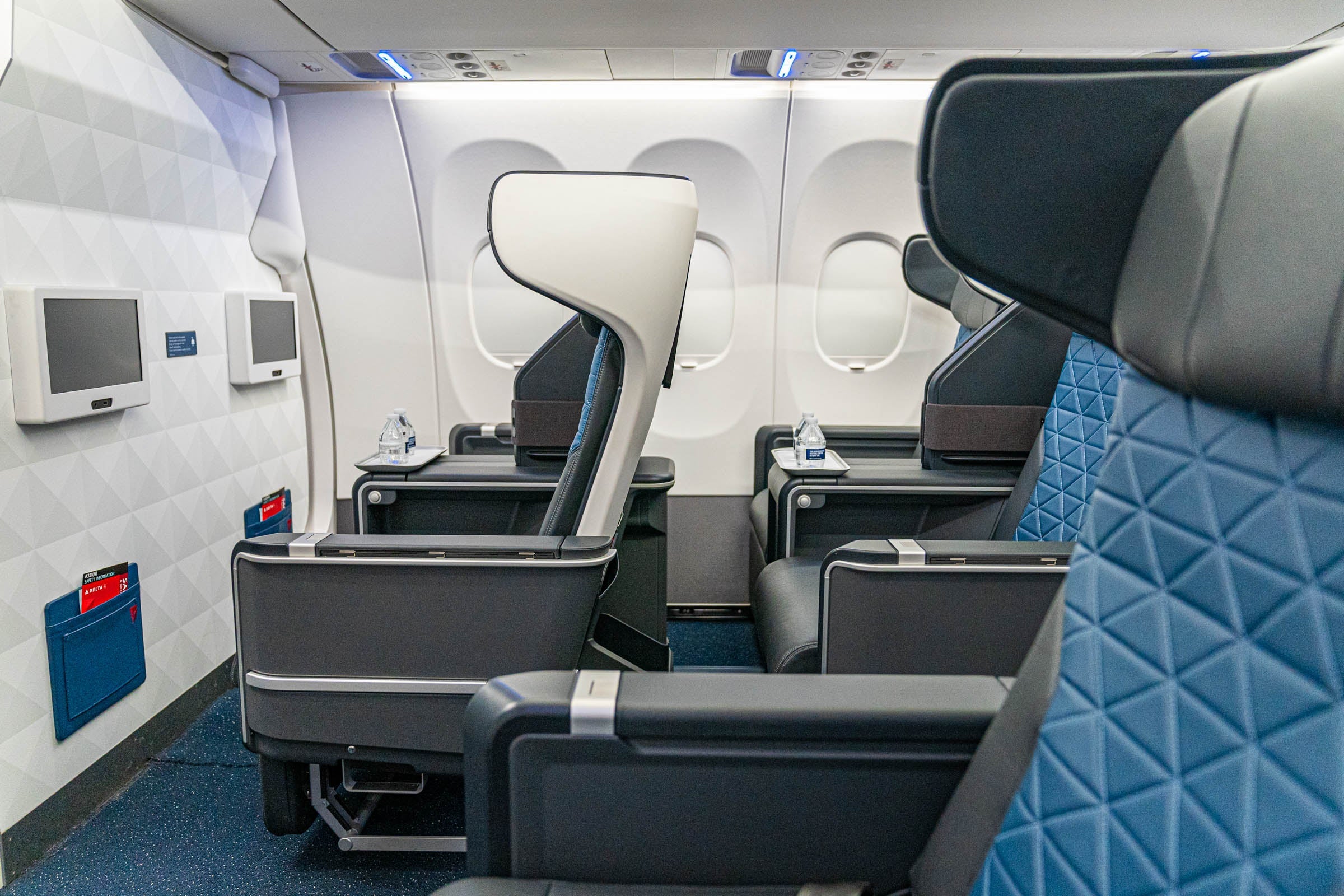
However, it seems that the carrier will keep those planes focused on transcontinental and shorter-haul flights while letting its Boeing 767s, Airbus A330s and A350s handle long-haul service to Europe.
Related reading:





